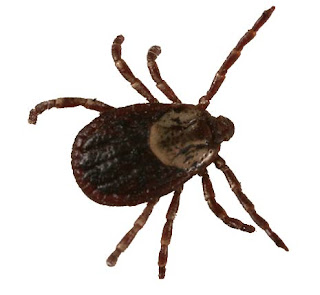What Is The Best Food For My Pet?
One of the most common questions we get asked is "What is the best food for my pet?"
 |
| We are what we eat |
factors such as, life stage, body condition, exercise (or lack there of), environment and health status, there is no one simple answer.
Often decisions are based on marketing rather than objective nutritional information. Although there are limitations to the information provided on the pet food label, it is a good place to start.
Nutritional Adequacy: The nutritional adequacy statement may be the most useful piece of information. It answers 3 things:
- If the food is nutritionally balanced,
- Which life stage profile the food meets
- How this statement was substantiated which can be in one of 2 ways. The food may be formulated to meet the Association of American Feed Controls (AAFCO) or by feeding trials.
Guaranteed Analysis: The guaranteed food analysis is required to give only the minimum content of protein and the fat in the food and the maximum content of fiber and moisture. This does not provide you all the information you need to evaluate a diet. For example, if a pet requires a restricted fat level a minimum fat level of 3% listed on the bag does not tell you if it is 3%,6% or more.
Another issue that commonly confuses pet owners is the nutrient levels in the food. The protein level of a dry food will appear to be much higher than the protein level in a canned food even though on a dry matter basis they are exactly the same.
Ingredients: Ingredients on the bag are listed in decreasing order by precooked weight. Some pet owners will have concerns about using diets that contain any vegetable- based proteins such as soybean or corn. These are not added as “fillers” and contain important nutrients. There is no proven reason that “grain free” diets are better for cats or dogs. In fact, they typically have potatoes used in place of these foods and have a lower nutritive value than grains. Pet foods have strict definitions of so called meat by products. For example, they are not allowed to contain the non nutritious animal parts that some people worry about (by products refer to non skeletal muscle meat - in other words the organs). The quality of meat by products and other ingredients can be assured by using foods made by reputable companies (not just the most persuasive marketing).
Descriptive Terms: There are now maximum calorie densities for foods that are described as “light”, “lite” or “low calorie”. Other terms do not have these requirements.
The guidelines for the use of “natural” on pet food labels are that the product should not contain any chemically synthesized ingredients. Exceptions may be made when there is a disclaimer on the bag “natural with added vitamins and minerals”. Other descriptions such as “holistic, “organic”, “ gourmet” and “human grade” have no legal definition for pet food and are primarily marketing terms.
Rather than relying on the company’s advertising to assess the food’s quality and the manufacturer’s reliability, it is preferable to have factual information. If you do not know the answer’s to the following questions, you should contact the food manufacturer and ask the following:
- How many veterinary nutritionists do you have on staff? Are they available for me to speak with if the person you are speaking to cannot answer your questions.
- Who formulates your foods? What are their credentials?
- Which diets are are tested using AAFCO feeding trials and which by nutrient analysis (formulation)?
- What specific quality control measures do they use to assure the consistency and quality of the product line?
- Where are the foods manufactured and can you visit?
- What kind of research on the products has been conducted and are the results published in peer reviewed journals?
 |
| 176 River Road Andover, MA 01810 www.riverroadveterinaryhospital.com |









